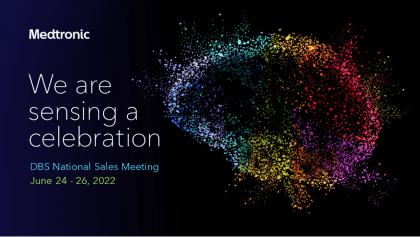When creating infographics aimed at effectively communicating complex political data, several key elements should be incorporated to ensure clarity and engagement. First, a clear and concise title is essential; it sets the context for the information presented. Next, use visual hierarchy to guide the viewer’s eye through the data, utilizing size, color contrast, and spacing strategically. Incorporate relevant icons or images that complement the text while avoiding clutter.
Data visualization techniques such as charts (bar, line, pie) are crucial in representing statistical information; they transform raw numbers into understandable visuals. Additionally, employing color coding can help differentiate between various categories or political parties while aiding in quick comprehension of trends or comparisons.
It’s also beneficial to include brief annotations or explanations directly on or near visuals to clarify complex points without overwhelming viewers with too much text. A well-structured layout that balances graphics with informative content ensures that your audience remains engaged throughout their viewing experience.
Lastly, always remember to cite your sources clearly at the bottom of your infographic; this not only adds credibility but also allows interested viewers to explore further information if desired. By combining these elements thoughtfully, you can create compelling infographics that effectively communicate intricate political data with ease.









